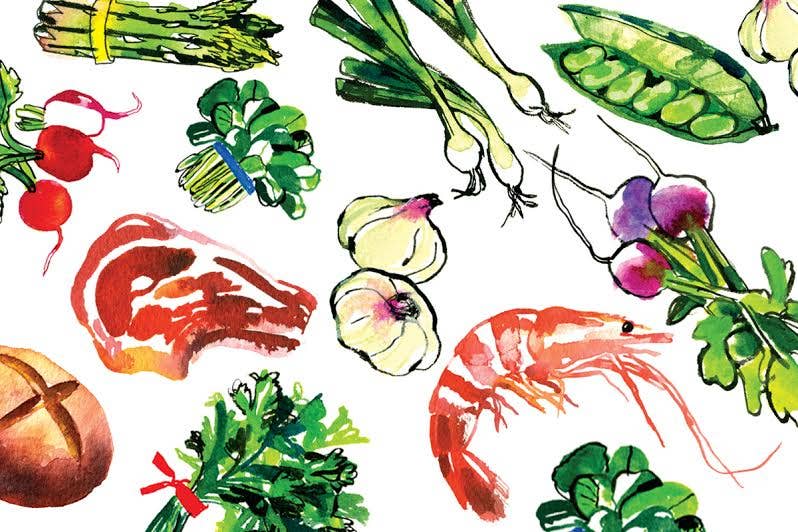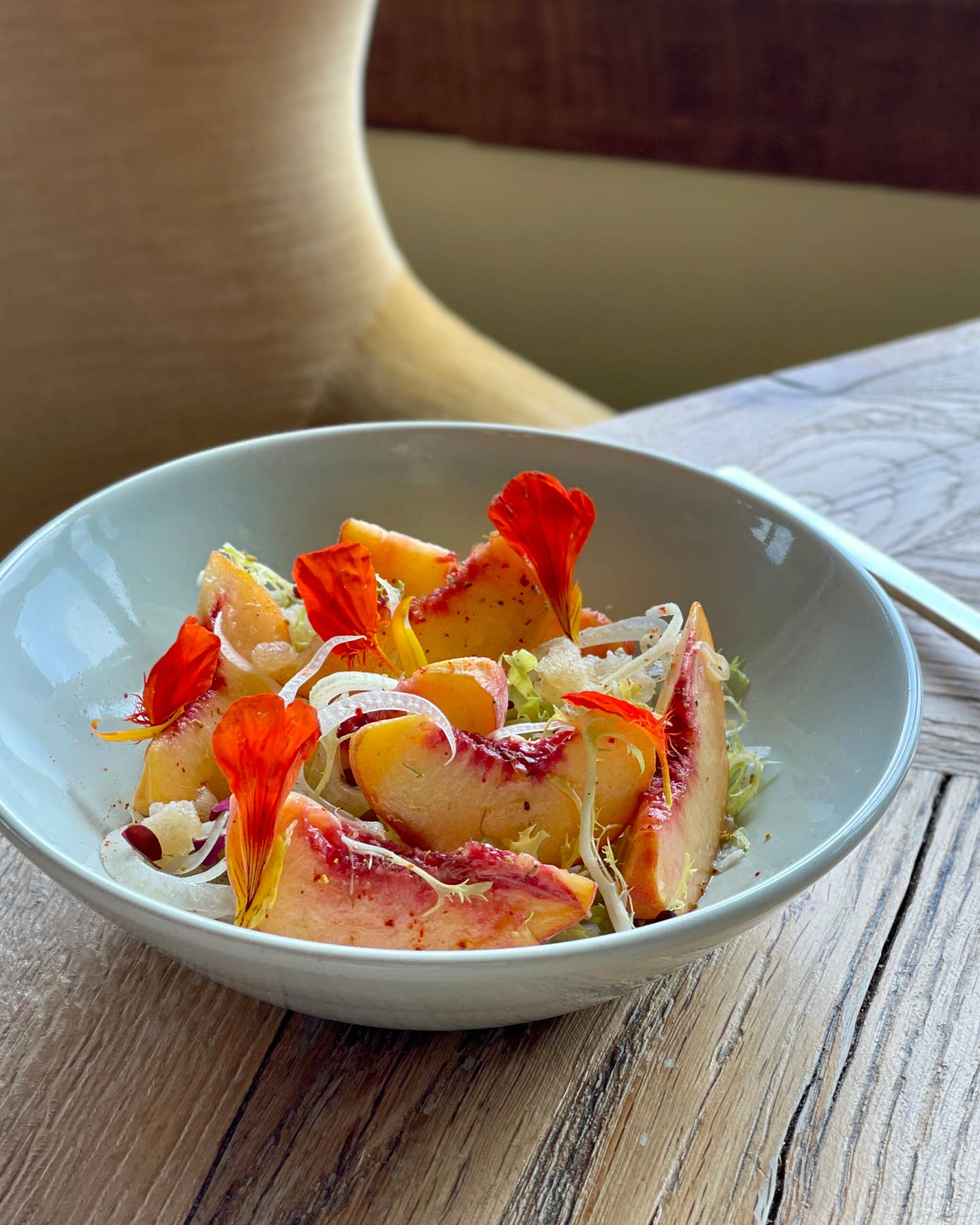
Many different kinds of seaweed are harvested as food from the waters surrounding Hawaii's Big Island; sold both dried and fresh, these sea vegetables are used to give saltiness and depth to fish and other dishes and are also eaten on their own, often dressed with a vinaigrette, as a salad or side dish (see Pickled Seaweed Salad). Across the mainland United States, the seaweed most readily available is hijiki, a kind harvested mostly off the coast of Japan. Fresh hijiki is maroon in color but turns darker as it dries; the hijiki you'll find in most Asian markets in this country has been dried and is sold in strands that soften and become tender when soaked in water. Once it is rehydrated, most dried hijiki has a mellow and not too briny flavor and a delicate texture and blends well with other foods in stir-fries and salads. Many Japanese food stores in this country carry two kinds of hijiki: nagahijiki, which comes from the stem of the plant, and mehijiki, which comes from the leaves. To use dried hijiki, rinse the strands thoroughly, then soak them in water for 20 minutes until they're tender but not mushy. In soaking, the vegetable will quintuple in volume, so a little goes a long way.
Keep Reading
Continue to Next Story










